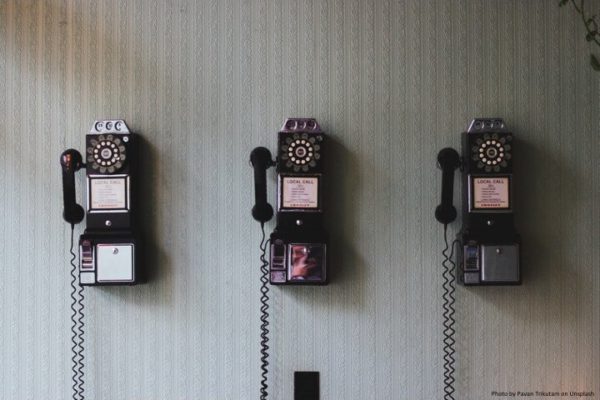The lessons of a 2012 redesign that went poorly ended up helping the next time a redesign came around, Northeastern University’s Kara Sassone told an audience at HighEdWeb17 Monday.
Sassone, who works for Northeastern’s College of Science, started working at the school in 2012 weeks after a redesign was started. That project “went south” for a variety of reasons. In her session “Don’t Let A Redesign Drive You To Drink” she laid out a roadmap for avoiding the same pitfalls. It was roadmap that informed the school’s recent redesign.
In 2012 “I felt like I was in a desert. Walking through the dunes with no water and no direction,” she said. It was, she said, enough to drive someone to drink. But the experience proved educational. Among the lessons Sassone said the College learned:
- Define what is being redesigned. What pages, departments institutes are you going to work with and why? Are you designing for the sake of redesign? Did a higher-up just design they didn’t like the site?
- Define what stakeholders you need to work with. “The smaller the stakeholder group is, the faster the project can go,” Sassone said. However you need to be cogniscant of a second-tier of stakeholders who may not have a direct role to play but need to be informed. In the college of science’s case that was department chairs and a select group of faculty who gave feedback.
- Find out what your data is telling you. What are analytics telling you about page use, conversions and other calls to action?
- Define your goals for the project. Communicate those goals to stakeholders.
- Hire the right team. If you can hire outside your school, make sure who ever you hire is passionate about their work and your school, Sassone said. “We wanted to work with a team that was really in to us,” she said.
- Treat your content like your parents’ attic. There’s a lot that can be cleaned out, Sassone said. “Take a look at all the content, not just the text, but the videos and photos too,” she said.
- Place a high priority on accessibility.
- Have a place where the whole team can see what the project status was. In the COS’s case that was a google doc spreadsheet. The team mapped out all the content and kept track of statuses there.
- Communicate with all stakeholders about timelines, goals and deadlines. “If you do not have communication with the folks that are going to be involved in this process….your project has the possibility of falling apart,” Sassone said. Sharing progress along the way prevents nasty surprises when the new site is delivered.
These steps will help you avoid pitfalls and lead to a successful launch, Sassone said. And when that happens, you just might feel like having a celebratory cocktail.

